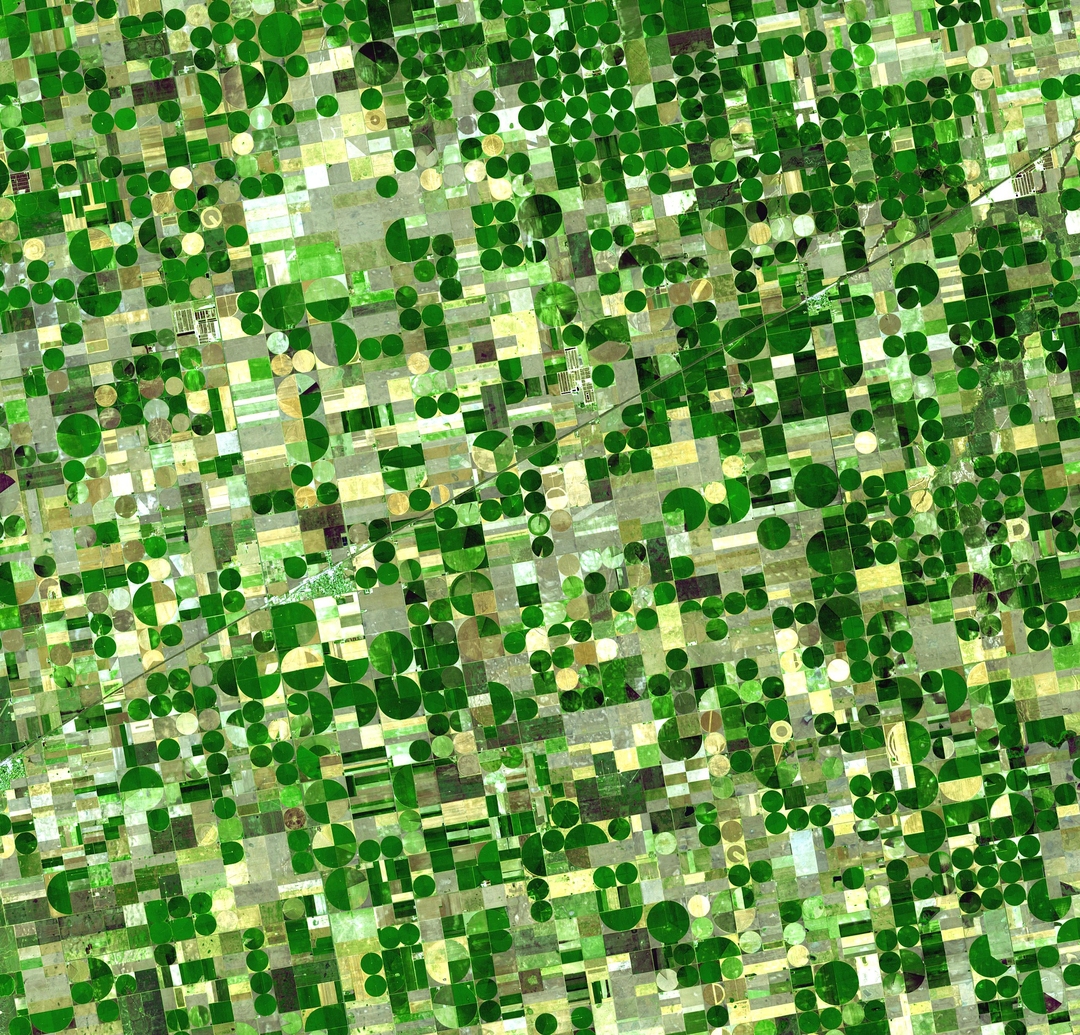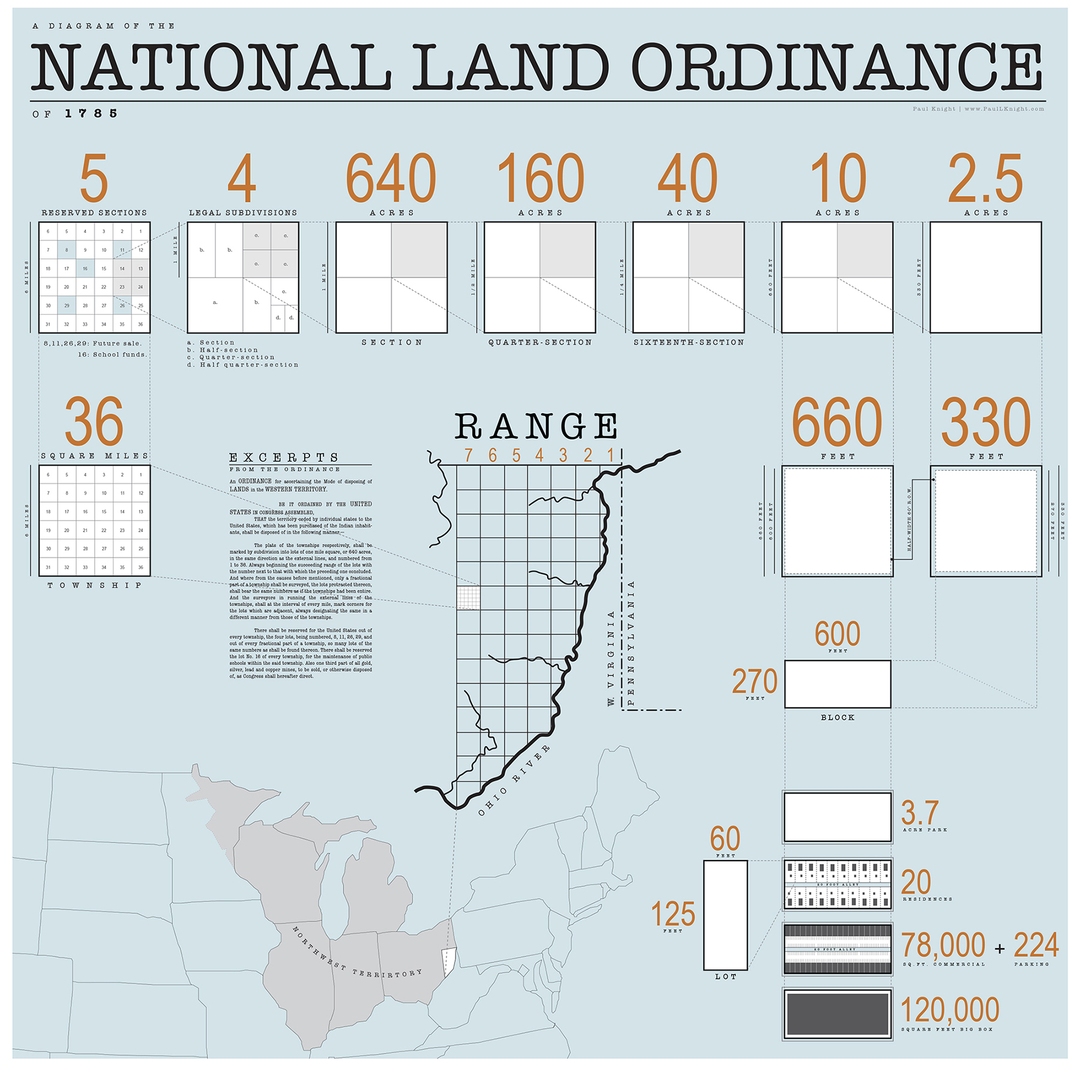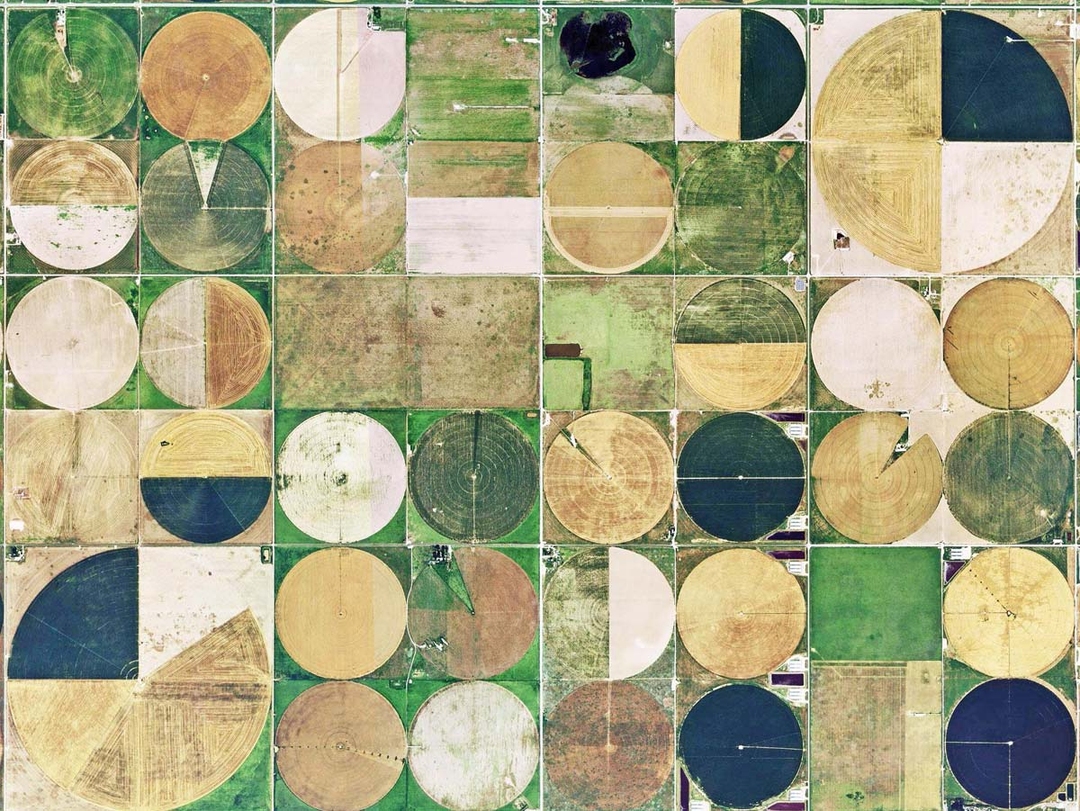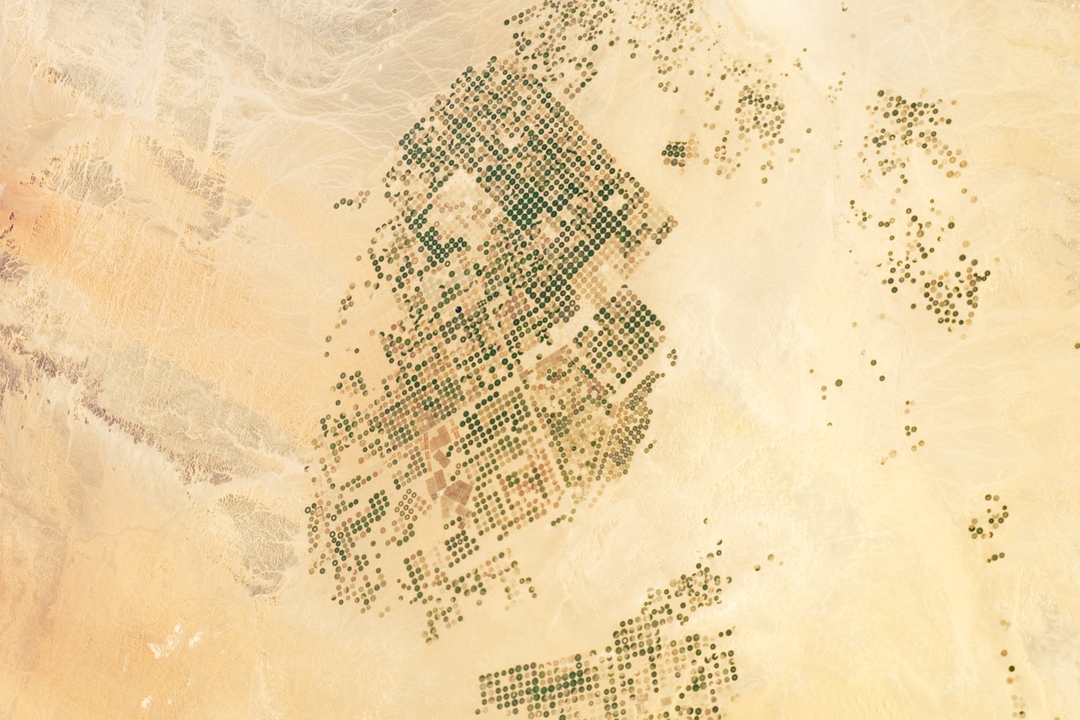
Prada Marfa (2005), installation art by Michael Elmgreen and Ingar Dragset, may be removed.
Prada Marfa (2005), instalación artística de Michael Elmgreen e Ingar Dragset, podría ser retirada.
James Evans
Prada Marfa (2005), instalación artística de Michael Elmgreen e Ingar Dragset, podría ser retirada.
James Evans
Prada, la casa de bienes de lujo italiano, tiene un montón de tiendas impresionantes - en Milán, París, todo el mundo. Pero la más exclusiva es un edificio de 15 pies por 25 pies de adobe en el desierto de Chihuahua, 35 millas al noroeste de Marfa. Contiene seis carteras (sin fondos, para disuadir a los ladrones), 20 zapatos (sólo los derechos, por la misma razón), y cientos de moscas muertas. Desde su apertura en 2005, también ha atraído a miles de turistas, entre ellos, , Beyoncé el verano pasado. No se le permitió la entrada. Esta tienda es tan exclusiva que su puerta está siempre cerrada.
Esto se debe a Prada Marfa no es una tienda al por menor, sino una instalación permanente por Michael Elmgreen e Ingar Dragset, artistas escandinavos con sede en Berlín. También está en el centro de una controversia.
Casi ocho años después de la apertura, Prada Marfa ha sido clasificado por el Departamento de Transporte de Texas como un "signo de la publicidad exterior ilegal", ya que muestra el logotipo de Prada en un terreno donde está prohibido. Esto podría llevar al retiro de la instalación, aunque el departamento aún no ha decidido qué medidas tomará.
Para los artistas, el logotipo es esencial para el significado de la obra. "Se entiende como una crítica de la industria de bienes de lujo, el hecho de poner una tienda en medio del desierto", dijo Elmgreen.
English version:
Prada, the Italian luxury-goods house, has plenty of impressive stores — in Milan, Paris, around the world. But its most exclusive is a 15-foot-by-25-foot adobe building in the Chihuahuan desert, 35 miles northwest of Marfa. It contains six bags (without bottoms, to discourage theft), 20 shoes (the rights only, for the same reason), and hundreds of dead flies (thieves, help yourselves). Since opening in 2005, it has also drawn thousands of tourists, including, last summer, Beyoncé. She was not allowed entrance. This store is so exclusive that its door is always locked.
That’s because Prada Marfa is not a retail store but a permanent installation by Michael Elmgreen and Ingar Dragset, Scandinavian artists based in Berlin. It is also at the center of a controversy.
Nearly eight years after opening, Prada Marfa has been classified by the Texas Department of Transportation as an “illegal outdoor advertising sign” because it displays the Prada logo on land where that is prohibited. This could lead to forced removal of the installation, although the department has not yet decided what action it will take.
For the artists, the logo is essential to the meaning of the work. “It was meant as a critique of the luxury goods industry, to put a shop in the middle of the desert,” Mr. Elmgreen said.
Fuente http://architecturelab.net/2013/09/maybe-warhol-stuck-soup-cans/






















































